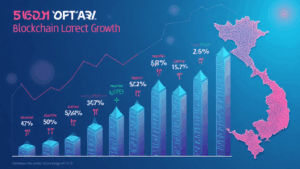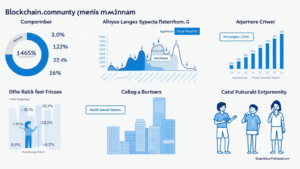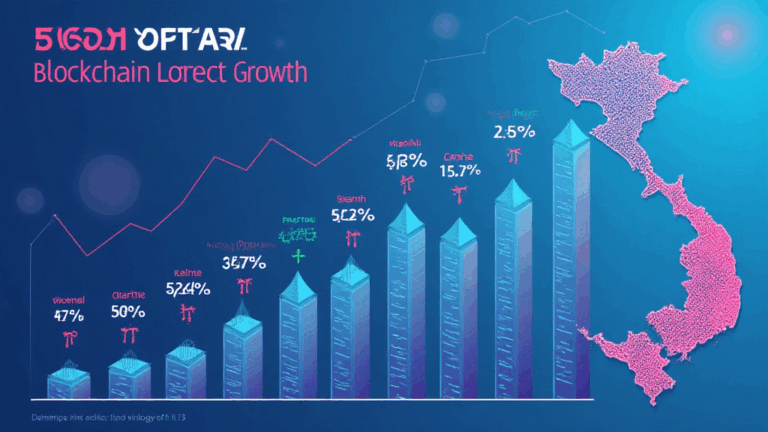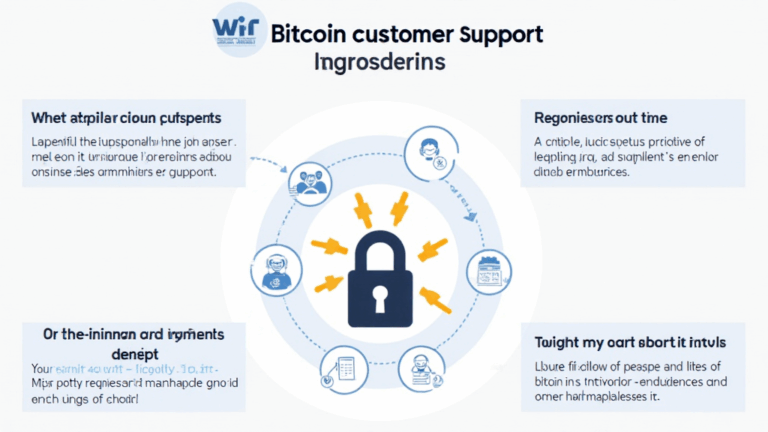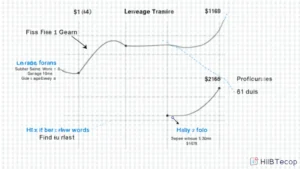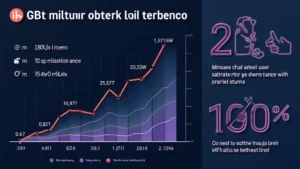Bitcoin Halving Economic Implications
As the world witnesses the ever-evolving landscape of cryptocurrency, one event stands out among the rest: the Bitcoin halving. With a projected impact that could cut block rewards in half, this event poses considerable economic consequences for investors and the market at large. Understanding these implications is crucial for anyone involved in cryptocurrency.
What is Bitcoin Halving?
Bitcoin halving refers to the process where the reward for mining new Bitcoin blocks is cut in half. This event occurs approximately every four years and is a part of Bitcoin’s monetary policy, designed to control inflation and regulate supply. Historically, Bitcoin halving has had profound effects on the price of Bitcoin, as seen in previous instances in 2012, 2016, and 2020.
The Mechanism Behind Halving
- Bitcoin’s total supply is capped at 21 million coins.
- Halving occurs every 210,000 blocks, approximately every four years.
- The mining reward will decrease from 6.25 BTC to 3.125 BTC in the next halving, projected for 2024.
With this decreasing reward structure, Bitcoin becomes more scarce over time, thereby likely increasing its value.

Economic Implications of Bitcoin Halving
The economic landscape surrounding Bitcoin halving is multifaceted. There are several key implications for investors and the market.
1. Supply and Demand Dynamics
Halving directly impacts the supply of Bitcoin. As the reward for mining diminishes, the number of new Bitcoins entering circulation decreases, affecting overall supply. Assuming stable or increasing demand:
- Limited supply generally leads to rising prices.
- This supply shock is often accompanied by increased media attention, driving more demand.
2. Investor Psychology and Market Sentiment
Historically, Bitcoin halvings have shaped market sentiment significantly. Positive investor psychology can lead to a surge in purchasing, creating a self-fulfilling prophecy of price increase:
- Previous halvings have led to price surges followed by significant corrections.
- Investor fear of missing out (FOMO) often amplifies these price movements.
3. Increased Mining Costs
Mining Bitcoin is resource-intensive. As the rewards halve, miners must consider whether their operations remain profitable:
- A reduction in profitability could lead some miners to exit the market.
- This could further influence Bitcoin’s scarcity and price.
Case Studies: Historical Trends
To understand the implications of halving better, it’s essential to look at historical trends.
2012 Halving
- Bitcoin price stood at approx. $12 before the halving.
- Within a year, it surged to around $1,200.
2016 Halving
- Price was about $650 at the time of halving.
- The following year saw Bitcoin prices soar to nearly $20,000.
Global Adoption and Its Effects
The global adoption of Bitcoin has also evolved. More companies, individuals, and even nations are accepting Bitcoin as a viable payment method. The halving events coincide with increasing acceptance on a global scale:
- Countries like Vietnam are experiencing rapid growth in cryptocurrency adoption, with a reported 40% increase in users over the past year.
- The influence of local exchanges and regulatory bodies shapes the market significantly.
Local Market Dynamics
Examining the Vietnamese market, it is clear that local factors play a crucial role in shaping demand and investment behaviors. Factors include:
- Increased interest among the youth demographic in investing in digital currencies.
- A rapidly developing tech infrastructure supporting blockchain initiatives.
Future Projections for Bitcoin Post-Halving
What can investors anticipate after the upcoming halving in 2024?
1. Price Predictions
While predictions can often be misleading, industry analysts are cautiously optimistic:
- Some speculate potential new all-time highs approaching $100,000.
- Others predict sustained growth rather than explosive increases.
2. Market Resilience
The cryptocurrency market is becoming increasingly resilient:
- The entry of institutional investors adds a layer of stability.
- Decentralized finance (DeFi) is diversifying investment opportunities.
Conclusion
In conclusion, the economic implications of Bitcoin halving are vast and profound. By understanding the mechanics behind halving, recognizing historical trends, and considering local market dynamics, investors can better navigate the crypto landscape. With the next halving on the horizon, the spotlight will soon be on Bitcoin once more, stimulating discussions around investment strategies and market potential. So, whether you’re a seasoned investor or a newcomer, now is the time to educate yourself on these critical factors.
As always, keep an eye on market trends and be prepared for the unexpected. For more insights on crypto economics and secure transactions, visit hibt.com.
Author: Dr. John Smith, a recognized expert in blockchain economics, has published over 20 papers on cryptocurrency futures and risk management and has led audits for top-tier blockchain projects.

